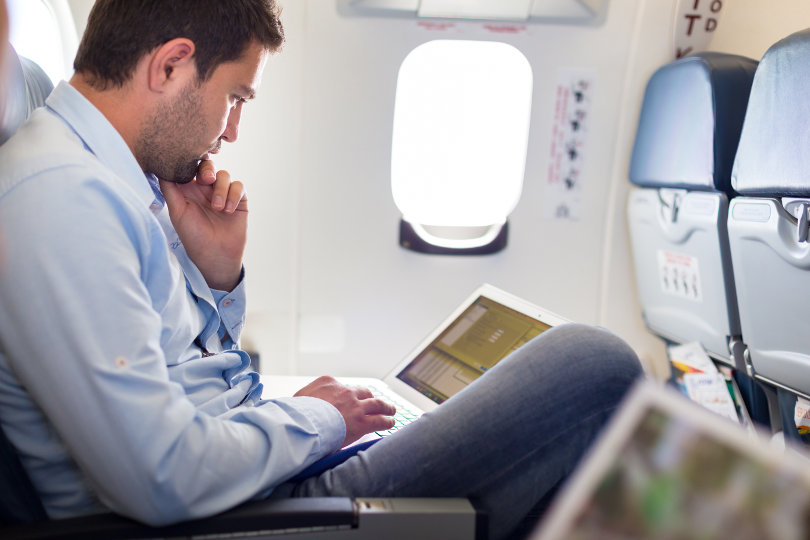After two devastating years for the air travel industry, we are finally seeing a rebound. Many airports around the world almost completely shut down, and instead of thousands of flights a day, many cities only saw a handful of planes take off and land.
The scope of the rebound has been amazing, and in only a few short weeks, airplanes that have been in mothballs were suddenly filled to capacity with passengers. Although McKinsey says that air travel will not hit pre-COVID levels for another few years, things are looking up for an industry that was in dire straits.

Along with this increase in travel, there are expanding marketing opportunities for companies in just about every industry. That’s because airports are some of the most heavily trafficked places on earth, and companies that want to build their brands often see them as amazing opportunities to get visibility.
But all of this comes at a cost. Savvy business leaders need to understand what kinds of marketing work, and which don’t offer strong returns on investment.
Signage
If you think about it, signs are one of the oldest forms of marketing on earth. Archaeologists have found business signs dating all the way back to ancient Greece and Rome — and for good reason: they work! And what better place to have signs than somewhere that millions of people will see them? That’s why companies invest so heavily in putting their logos and other information in airport terminals.
Not every sign is a great investment, but businesses like anti-spam company Barracuda built global brands by putting signs in every major airport in the world.
In-Flight Magazines
Passengers on airplanes are quite literally a captive audience. They can’t go anywhere, and they are pretty much forced to stay in their seats for extended periods of time. In this environment, airline magazines left in seat pockets have always been a great way to distract travelers.
Most major airlines have their own publications, and the quality is as good as any printed magazine you will find at a newsstand. Unfortunately, the advent of free Wi-Fi and smart phones have made the magazines less and less relevant over time. People might glance at them from time to time, but readership is so low that the ROI may not be good enough to justify an ad buy.
The airlines recognized this and have migrated much of that content over to apps that passengers can access in flight. Advertising on those digital platforms may be a better bet.

Paid Programs
If you’ve worked in marketing for more than a month, you have probably gotten a phone call from a vendor offering to put your company on a TV broadcast that will be shown on flights.
The sales pitch usually involves promising to get you in front of “millions of travelers” and having your CEO interviewed by a celebrity. Don’t believe the hype. These are essentially glorified infomercials, and no one in their right mind is going to sit there and watch hours of paid interviews hosted by a b-list television actor or former professional athlete.
These shows aren’t exactly scams, but they also aren’t worth the tens of thousands of dollars that the producers ask for. It’s also important to note that these programs are not actually produced by the airlines themselves, so there isn’t even much brand credibility.
SWAG
This is where branding in airports and on airplanes can get interesting. It’s one thing for people to see your logo on a wall or in print, but it is quite another for them to actually take it home with them.
Savvy marketers are constantly looking at ways to get items into travelers’ hands, ranging from coffee cups to flyers to stickers. This is an area where creative marketers can develop campaigns to create items that travelers will take with them rather than just throw them away.

Airports really are the nexus for the modern economy, and with the resurgence in travel, they are a prime opportunity for marketers to explore new ways to build their brands and get in front of a wide audience.
All it takes is a little bit of creativity, plus understanding what works and what doesn’t.







